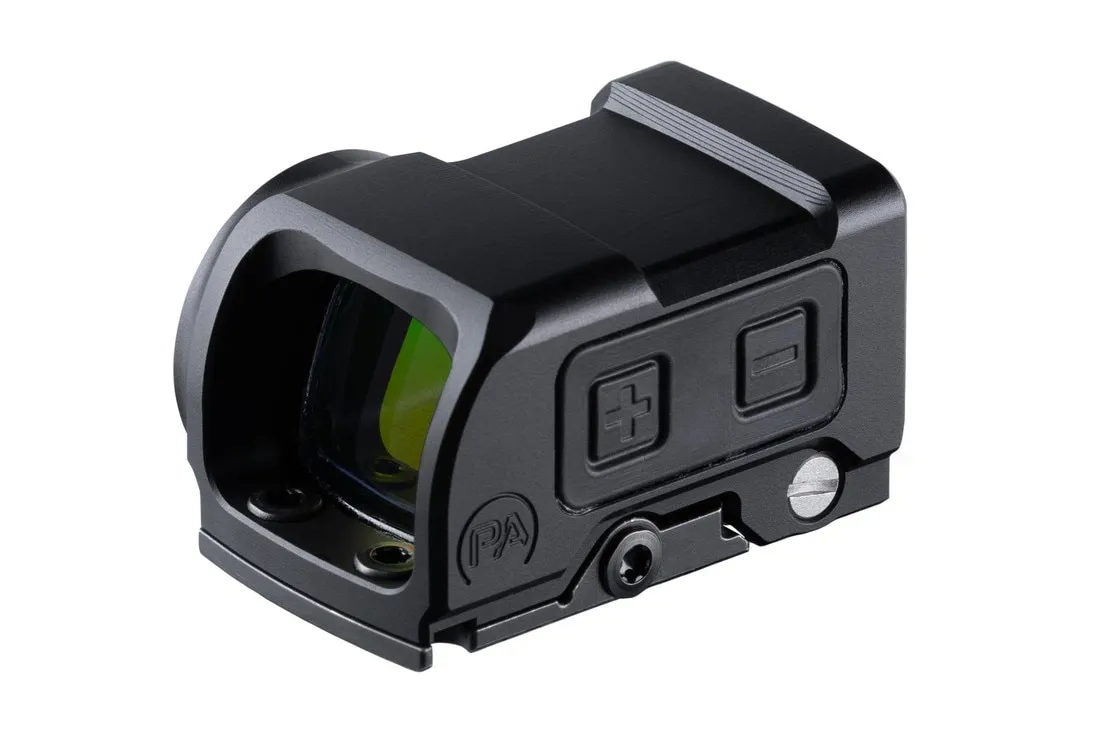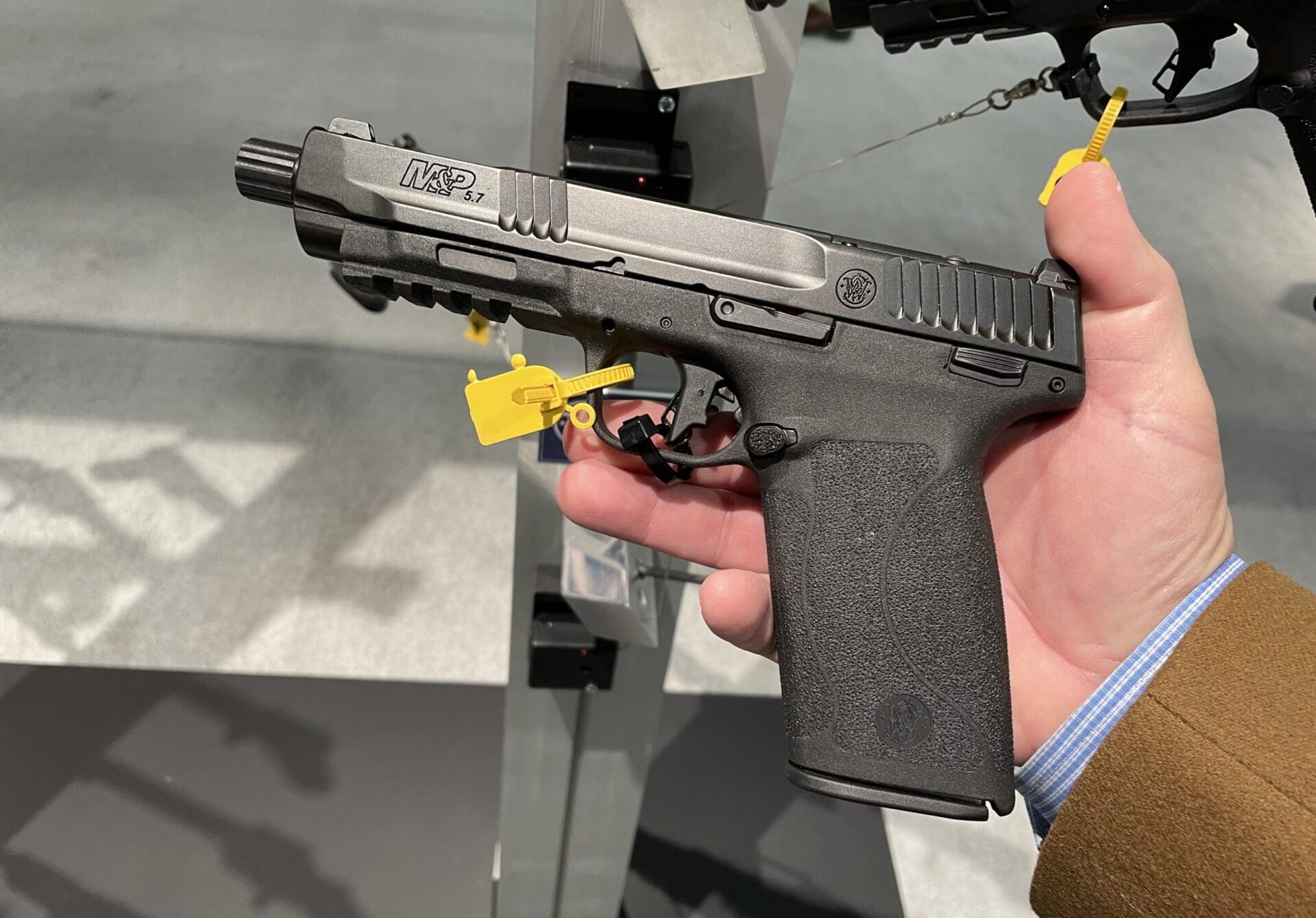http://www.youtube.com/watch?v=L8nzuNv2Qz0
Imagine this scenario. You hear a noise in your house. You’ve been to the range. You’re used to shooting at targets, and you’re pretty good at between 7 and 25 feet. You grab your gun. As you look up, you see not one, not two, but three assailants, in your home, and intent on doing you harm. What do you do. (channel Dennis Hopper’s voice in your head here:) WHAT DO YOU DO?
Interesting question. When you go to the range, you’re told, keep your bullets in your own lane. Don’t shoot across lanes at other targets. Stay behind the line. Don’t holster your gun and attempt to draw and shoot. You might even be told “pick up your spent brass.” These are all common sense rules, designed to keep you safe. On the range. In real life, every one of these admonitions can get you killed. I mean “dirt nap” dead. So if you can’t do that voodoo that you do when you’re shooting in a real-life situation, when you’re at a range, what do you to train yourself for those very situations? Good question. The answer for many people is “IDPA.”
The International Defensive Pistol Association was formed to teach people how to defend themselves in real-world situations. Situations where the bad guys move, work in groups, and maybe even have hostages. Situations where you better find cover or camouflage, or you’re gonna get your little Alice B. Tookas shot clean off. And situations where the difference between dealing the the threat the right way and the wrong way, is a matter of life and death. Yours.
IDPA chapters generally do two things – they practice, and they compete. They practice to learn the skills you need to defend yourself against those pesky bad guys that won’t stand still for your to get a solid sight picture. They compete to get members to hone their skills, and take them to the next level.
There are IDPA chapters everywhere. To find one, a good place to start is the range where you shoot. If they don’t have one, they’ll likely know where the nearest one can be found. You’ll find that most IDPA chapters welcome participation from non-IDPA shooters, for it’s the best way to turn them into new members. A typical practice round will cost you a small fee to help pay for the regulation carboard targets and pasters, and then you’ll have to bring a box of ammo (usually 50 to 100 rounds) and your own weapon.
What do you learn at an IDPA practice? Just about everything you don’t already know in how to handle a handgun safely in a pressure situation. You’ll learn how to draw your weapon, how to change magazines on the fly, how to find cover, how to identify and take out targets in order of threat level, and how to shoot targets that don’t stand still. It’s challenging. It’s fun. And it can save your life. It’s also a damned humbling experience, the first time you learn that, when the targets move – or when you have to, that all those mad skills that you thought made you a hotshot suddenly aren’t worth a warm bucket of spent brass. Nope. You’ll go from 2″ centers to “I suck at this” in about 30 seconds. (Or less. Your results may vary.)
So if it’s so humbling, why do it? Because it will give you skills that you just can’t get anywhere else, short of hitting the fun house at a training center like Front Sight Academy or Gunsight.
If you already go to the range regularly, good for you. You’re doing the right thing, to keep your skills up. But if you really wanna do the right thing, and be ready for the worst, as well as the ideal situation, find a local IDPA chapter and get into the world of competitive, self-defense shooting. As far as shooting at paper targets goes, it’s a…moving experience.








IDPA is really cool. It is great for shooters of all ages and exeperience to come have fun and learn. Just make sure your chapter has some type of official structure because nothing feels worse than to have a referee AND people you are shooting against collectively decide on your score because a stage was set up poorly. Its not that people are trying to screw you, its just that everybody has their own take on the rules. Some of the rules get in your way though, if you are a serious competitor. For instance you cant drop a magazine from your gun unless the slide is locked back, which is by far the biggest waste of a rule in almost any sport ever. If you get good at shooting on the move, if youre out there having fun getting the stage done as quickly as possible, you should plan a move to IPSC/USPSA. The rules are a lot better, the competition is more intense yet just as fun, and the shooters are usually on a higher level than IDPA shooters. That being said, I have a lot of fun at my local IDPA as well as USPSA, they are challenging and frustrating in their own ways; and its always fun to go see your gun buddies!